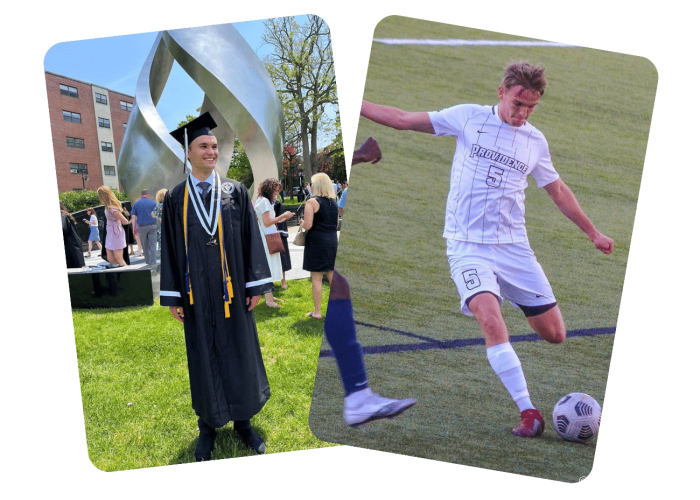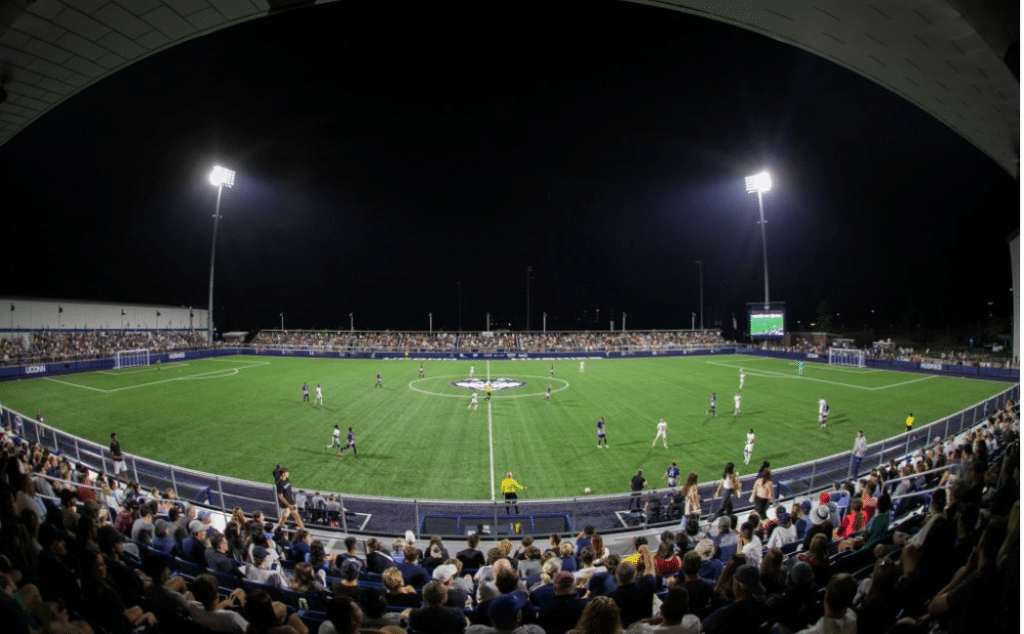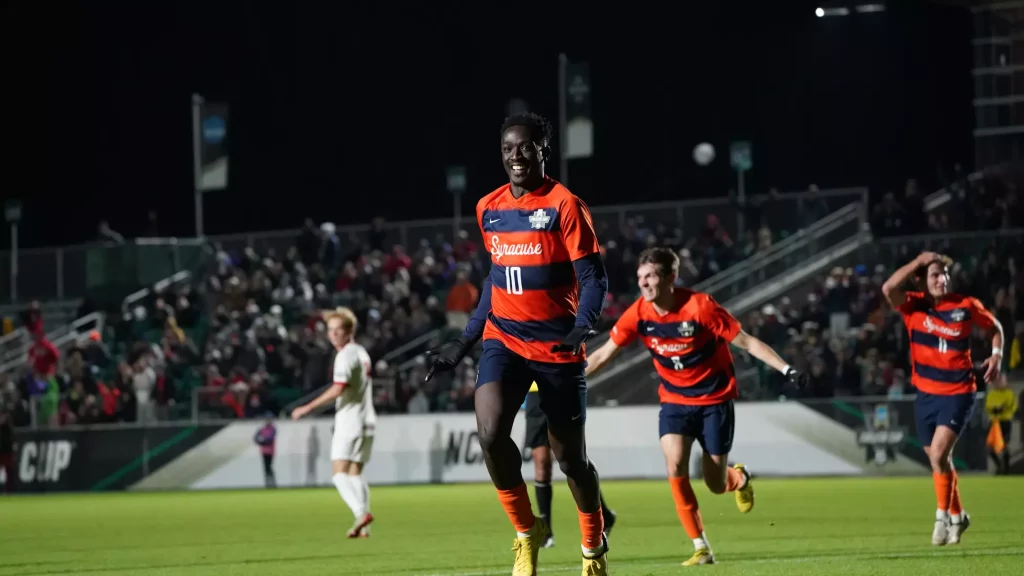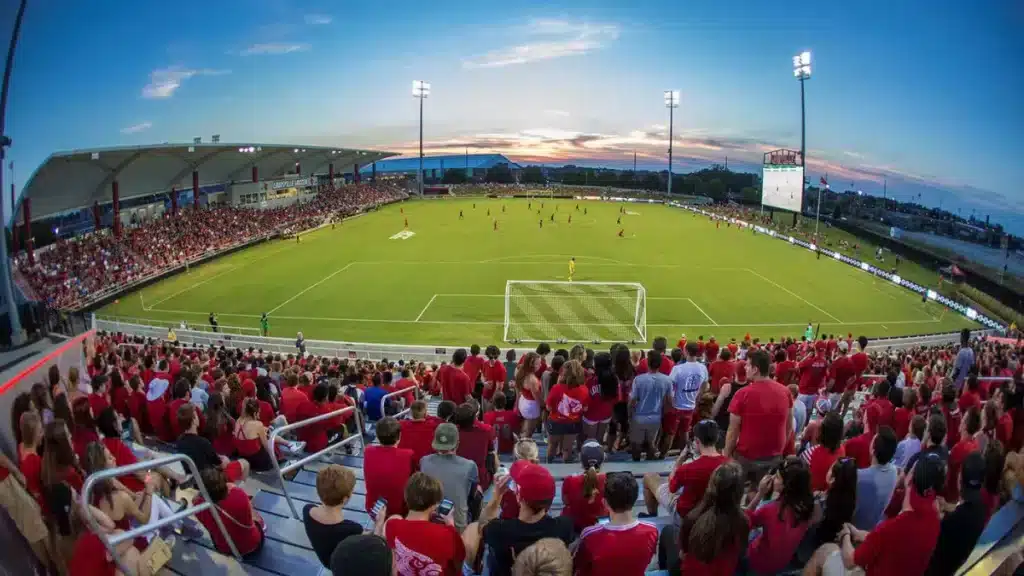College and High School Age in the US: An Overview
For those unfamiliar with the US education system, understanding the age requirements for high school and college in the US can be a little confusing.
The American education system is slightly different from that in Scandinavia.
Below we provide a brief overview of how age is related to high school and college in the United States.
Age at High School
High School is the American equivalent of college and is typically for students aged 14-18. The program has a duration of 4 years and during these years you go from being a freshman to a senior.
Here’s an overview of the typical ages for each grade level:
| Class | English designation | Age |
|---|---|---|
| Freshman | 1st grade (1.G) | 14-15 |
| Sophomore | 2nd grade (2.G) | 15-16 |
| Junior | 3rd grade (3.G) | 16-17 |
| Senior | 4th grade (4.G) | 17-18 |
Age at College
In the United States, the words ‘college’ and ‘university’ are often used interchangeably and in many cases the two terms are synonymous. But there are some nuances between them, which may vary from institution to institution. Generally speaking, ‘college’ often refers to a smaller institution offering undergraduate degrees, while ‘university’ is usually larger and offers undergraduate, master’s and doctoral degrees. However, some institutions also use “college” as part of their name, even if they are universities. Therefore, it can sometimes be confusing to distinguish between the two concepts in the US context.
College offers higher education for students after high school.
The typical age of a college student varies depending on circumstances and you don’t have to start at 18.
Here’s an overview of the typical ages of students at different levels of education:
| Education and training | age |
|---|---|
| Associate’s Degree (Junior College) (2 years) | 18-20 |
| Bachelor’s Degree (4 years) | 18-22 |
| Master’s Degree (2 years) | 22-24 |
| Ph.D. (doctoral degree) | 27-33 |
Age For Student Athletes
If you are interested in playing sports in high school or college in the US, age may play a different role. To participate in high school or college sports, you must meet specific age requirements.
In high school, age requirements are usually quite flexible, as students are still under 18 years old. However, if you want to take part in sports at high school, you usually need to be between 14-19 years old.
The rules regarding Being able to play sport in college depends mainly on when you graduated from high school or equivalent – rather than your age. We elaborate on this in an article on sporting eligibility.
The typical age of a college athlete is between 18-23 years.
College and High School Age in the US: An Overview Read More »






































